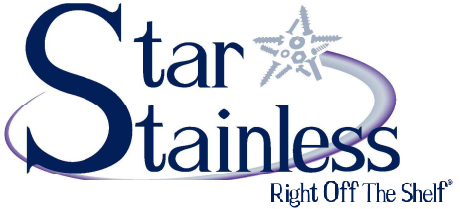This edition of the Fastener Training Minute with Carmen Vertullo was originally published December 16, 2015 as “A question about thread acceptability” during episode 100 of Fully Threaded Radio.
Hi everybody. This is Carmen Vertullo from Carver Consulting and the Fastener Training Institute with the Fastener Training Minute. Today I went deep into the archives of our Fastener Training Institute War Stories to find a very good question, which I often get and save. If you ever have a question you’d like to ask me, you can feel free to email me, and maybe it’ll become a war story too.
Well, this question is short and I’m going to read you the question. This question is from Fred, and Fred, if you’re listening, you’ll remember this question is from a few years ago. Fred starts off “Good afternoon Carmen, I need your advice on this matter. I have a Tri-Roll gauge to check threads on metric and inch threads and on a particular 1/2-20 thread the functional diameter is under spec 5000 for that means 4/10,000 of an inch. The vendor says that since the parts are okay on a Ring gauge, I should accept them. But as far as I am concerned if parts fail on one gauge then the parts are not acceptable for me. A digital gauge is more accurate than a ring gauge. Thanks in advance for any help you can give me on this matter.”
Well, there’s a very quick and easy answer to this question. The specification ASME B1.3 which governs thread inspection and acceptability in fact says that whenever any one approved and calibrated gauge accepts a thread it is acceptable, even if another approved and calibrated gauge of the of the same or different type rejects that thread.
Now I’ve attached an IFI bulletin which details that rule, and if you’d like to have that bulletin just email me or contact me and I will get it for you, or you can get it from the Industrial Fasteners Institute website.
Now whenever this occurs, you would expect the part to be very very close to the limit, that is if one good gauge accepts the part and another good gauge of the same or different type rejects it, it is quite possible, but that would mean that the part would be very close to the edge. In this case Fred said that his Tri-Roll gauge was finding the part to be 4/10,000 of an inch undersize.
Now that is quite a bit of the total tolerance of that thread, which is only about I think 32/10,000 of an inch depending if it’s a 2A or 3A thread. But in any case that’s a little bit more than I’d be comfortable with, so I would definitely check both gauges to make sure they were good. Also with a Tri-Roll gauge, sometimes, if the parts are out of round, the Tri-Roll gauge would find that out-of-round condition, whereas perhaps the Ring gauge would not.
So that’s why the Ring gauge would not detect it. As well, Fred mentioned that he was inspecting functional size not pitch diameter, and you don’t really need to inspect functional size with a Tri-Roll or a variable gauge. The Ring gauge is a perfectly good gauge for that.
So the bottom line is if you inspect the part with the ring gauge and it accepts it, and you also inspect the part with a Tri-Roll gauge and it rejects it, the part is good. Though it should be close to the line on that Trip-Roll gauge.
Most importantly though, as a general principle of inspection, it’s a good policy to inspect to accept, rather than inspect to reject. That is, find a way to accept the part if you can, rather than looking for a reason to reject it when it would otherwise be usable.
Well, I hope that was a good answer for Fred and it’s one of those things that come up from time to time when we inspect threads.
Thanks for listening. This is Carmen Vertullo with the Fastener Training Minute.




![[GC2610] Solution_FCH Banner_[220x100] copy](https://news.fastenersclearinghouse.com/wp-content/uploads/2025/09/banner_solutionind.jpg)

